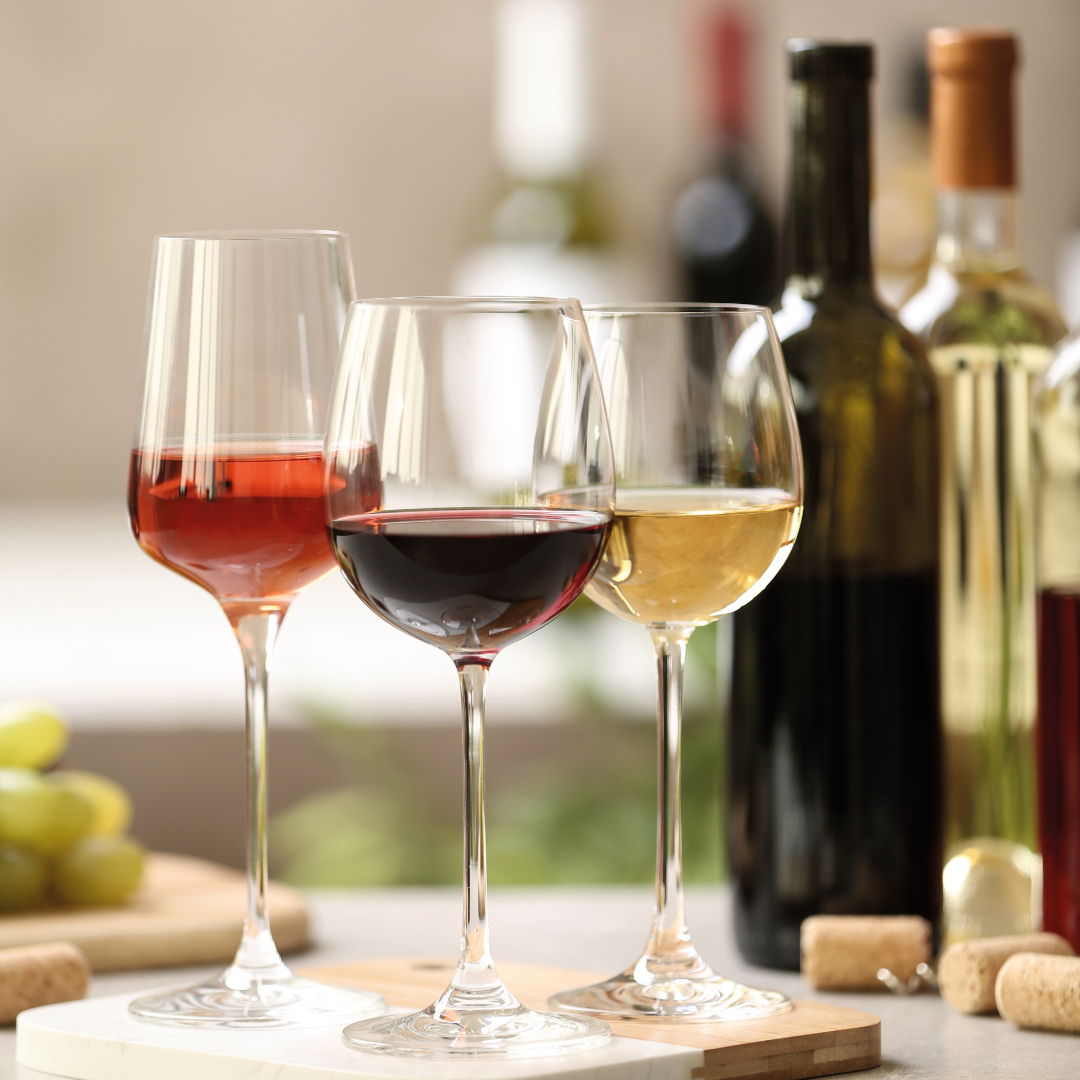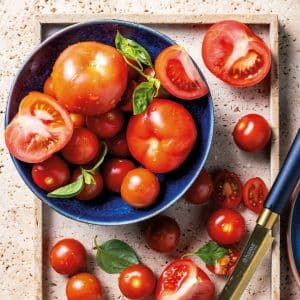The wine world is a complex one, but colour is a language we all seem to understand
For the most part, basic conventions of wine consumption is universally known. Most have an idea of which varietals to pair with which protein, while some have an intimate understanding of how many glasses of wine will make them feel wonky in the morning. All this aside, the varying colours of wine is something that is often spoken about but not always fully understood.
What do hue mean?
The next time you enjoy a glass of wine, give it a swirl, tilt it slightly, hold it up to the light and have a good look. Oftentimes, with an experienced eye, the specific shade or colouring of a wine may even give away its varietal. Generally speaking, the deeper a wine’s colour, the more extracted the flavour should be. This doesn’t necessarily mean that: ‘A dark wine is more flavourful and a light wine is flat’. There’s more complexity and nuance to the colour of wine.
Red notice
Wondering how red wines get their colour? Anthocyanin! When red grape skins are left behind with the juice, then this pigment gets to work and stains the wine, allowing it to take on the red colour. The longer the grape skins are allowed to ferment with the juice, the more colour is extracted. Cherry to magenta-shaded red wines are associated with wines that are lighter-bodied and marginally tannic with plenty of acidity – think Pinot Noir such as Paul Cluver’s Seven Flags Pinot Noir. The richer crimson, ruby and deep cherry-hued reds denote medium body with a higher tannic feel and just enough acidity. Think Merlots such as Vergelegen Reserve Merlot.
Sipping on something that is mulberry to garnet in colour? You will most likely find the wine is full-bodied with deeply extracted flavours. These are, more often than not, the more desired wines such as Malbec and Cabernet Sauvignon, which are sought after for their ageing potential. When a mulberry to garnet wine begins to turn slightly opaque, they’re still very drinkable – a usual no-go for other wines. While ageing your reds, make sure to look out for any tinge of dull brown colour – this would be an indication that the wine quality has hit its peak and has declined.
Rosé tinted glasses
As a rosé connoisseur, you may notice that rosés come in different shades – pale pink, coral, light salmon, sometimes even light orange or pale lavender. Just like reds, rosés get their colour by grape skin contact. For most rosé winemakers, maceration takes a few hours to a day to reach the desired colour and once the perfect shade is secured, the grape skins are removed and the juice is fermented. If you’ve ever experienced the misfortune of your rosé looking more brown than pink, there’s a dilemma. Chances are that your wine has oxidised or is way past ripe.
White, bright and airy
White wines may have the broadest colour variation spectrum. These will exhibit anything from pale green and light yellow to deep gold and sometimes even beautifully faded orange shades. The younger, fresher and lighter in body white wines are often found at the dull end of the white-wine colour spectrum. These wines should be enjoyed cold and while young – think poolside sipping in warmer months or
al fresco summer dinners.
The soft gold, straw and lemony yellow range is the largest white-wine colour category. These crowd pleasers are of moderate maturity and medium body such as unoaked Chenin Blanc, Chardonnay and Sauvignon Blanc. Deeper golden-hued white wines are made up of buttery Chardonnays and Viogniers, which are bold in flavour and have some oak ageing experience. Lower acidity levels make these wines perfect for immediate drinking and could even be stored for a little longer than most white wines.
Words by Carmen Van Wyk
Photography: Shutterstock, Pexels
It’s no secret that tea not only provides comfort, but holds healing properties as well. We’re diving into the benefits of tea and what it can do for your body and mind.




